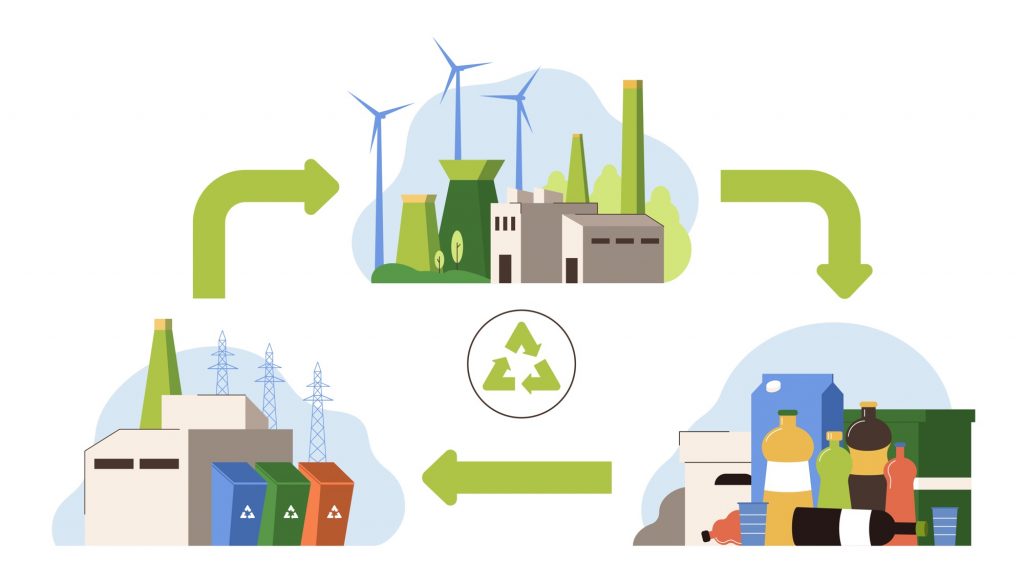
“Burning trash and making electricity” refers to a process called “waste-to-en- ergy” where municipal solid waste (trash) is incinerated at high tem- peratures to generate heat, which then turns water into steam to power a turbine and produce electricity; essentially, using garbage as fuel to generate power.
Key points about waste-to energy:
Process:
Trash is collected, recyclable materials are removed, and the remaining waste is burned in a combustion chamber, creating heat that boils water to produce steam. This steam then drives a turbine to generate electricity.
Benefits:
Reduces landfill waste volume, can potentially decrease reliance on fossil fuels, and can provide a source of energy from otherwise discarded materials.
Drawbacks:
Potential for air pollution from emissions like dioxins and mercury, concerns about the need for extensive waste sorting before burning, and the production of ash residue that still requires disposal.



